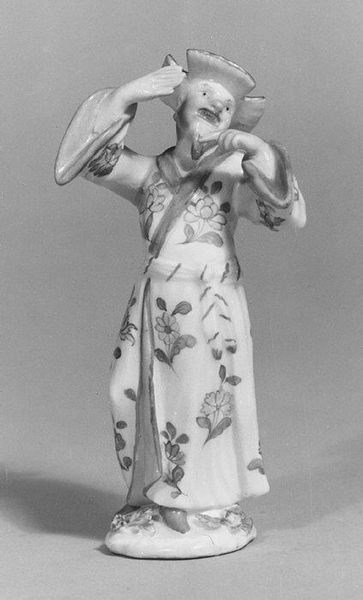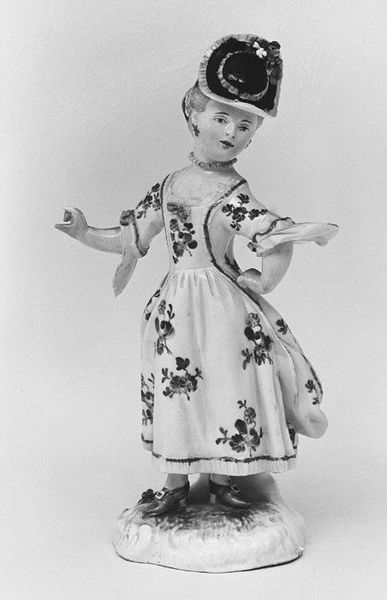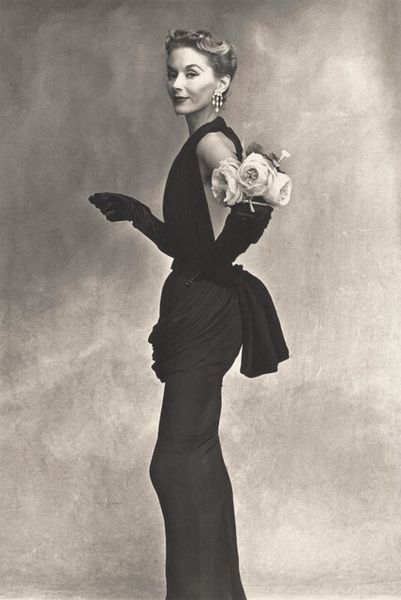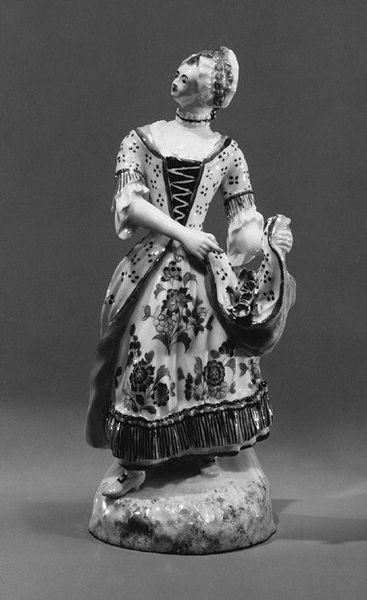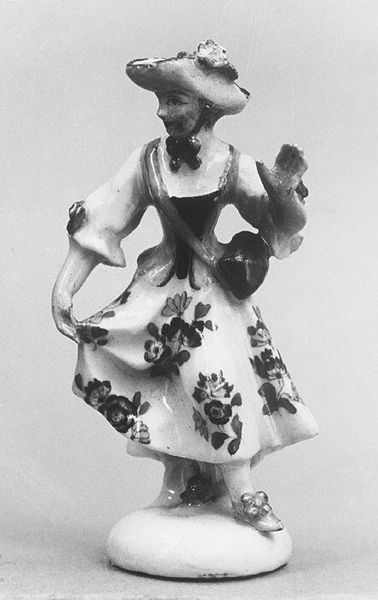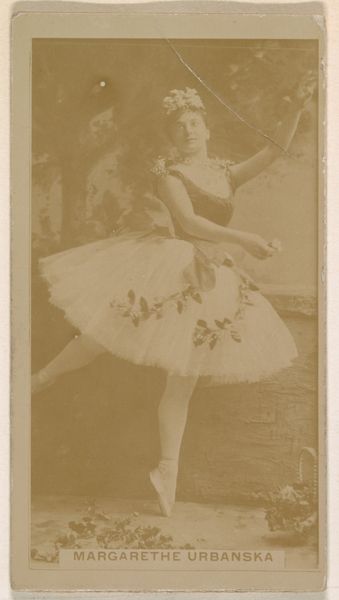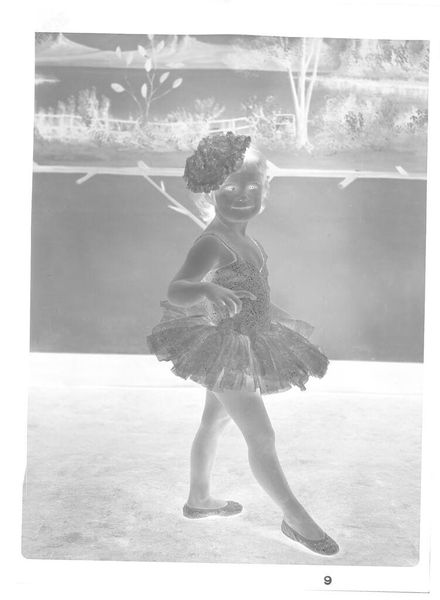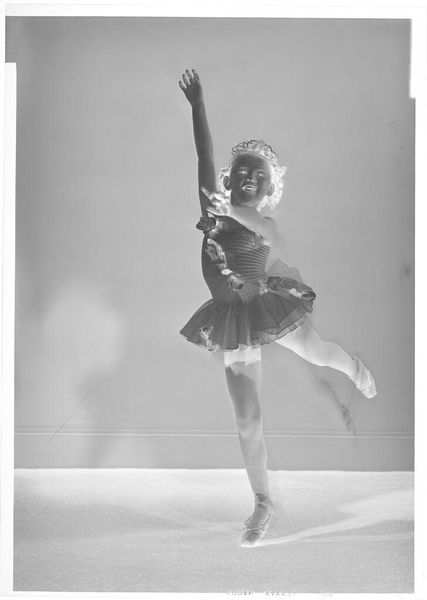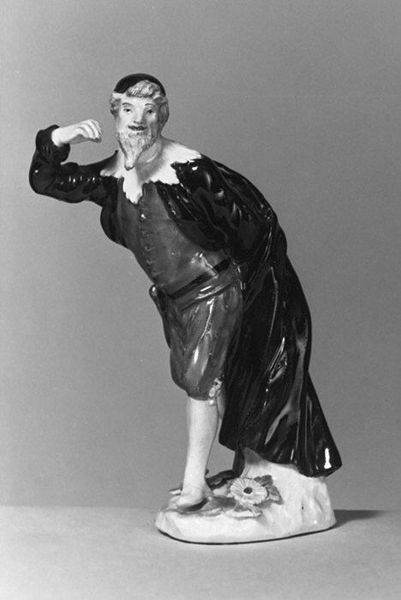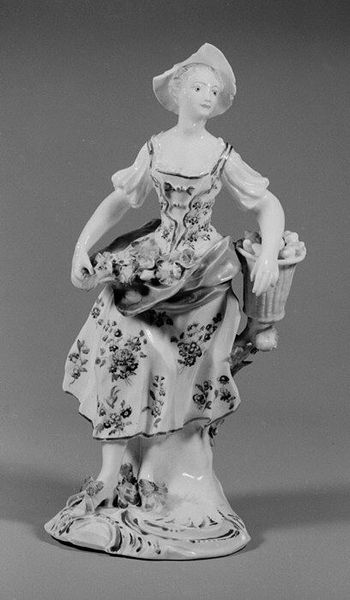
ceramic, porcelain, sculpture
#
ceramic
#
porcelain
#
figuration
#
sculpture
#
black and white
#
monochrome
#
decorative-art
#
miniature
#
rococo
#
monochrome
Dimensions: Height: 5 1/2 in. (14 cm)
Copyright: Public Domain
Curator: Here we have a charming porcelain figurine titled "Dancer," made sometime between 1752 and 1762 by the Frankenthal Porcelain Manufactory. You can find this delightful sculpture here at the Metropolitan Museum of Art. Editor: My first impression is lightness—a feeling of Rococo airiness, even in monochrome. She seems to be captured mid-gesture, poised and elegant. It’s quite delicate, isn’t it? Curator: It is indeed. These porcelain figures were quite fashionable at the time, reflecting the aristocratic embrace of leisure and artistry. This one demonstrates a clear intent to capture human form and emotion through accessible art. It speaks to how elite European art influenced society. Editor: And think of the dancer archetype itself. For centuries, dance has symbolized ritual, celebration, even seduction. The image of the dancer as divine messenger has been carried by traditions worldwide. Even the stylized dress, simplified into black and white floral motifs, contributes a recognizable imagery. Curator: That dress provides a perfect example of the period’s Rococo sensibility. While we only see it in monochrome, the original colors would have been quite vibrant and fashionable. The choice of floral patterns reflects a larger cultural trend. Editor: Those florals, to me, hint at ephemerality—like cut flowers that fade, beauty that's inherently fleeting. Dance itself is such a transient art form. So the statuette serves to eternalize her for its commissioners. Curator: Precisely, that aristocratic gaze turned performing arts and dancers into commodities as part of cultural elevation and sophistication. How interesting to realize how much these works told viewers who they were and were meant to be! Editor: Yes. So beyond simply depicting movement, the "Dancer" serves as an eternal motif reminding us of performance, rituals, transience and our perception of ideal bodies. The symbolism enriches even this petite figurine. Curator: It certainly does. By understanding its production, we appreciate the cultural influences that impacted Rococo decorative art. Editor: Agreed. Contemplating her place amongst dance and popular symbols only helps broaden appreciation of this petite artwork.
Comments
No comments
Be the first to comment and join the conversation on the ultimate creative platform.
